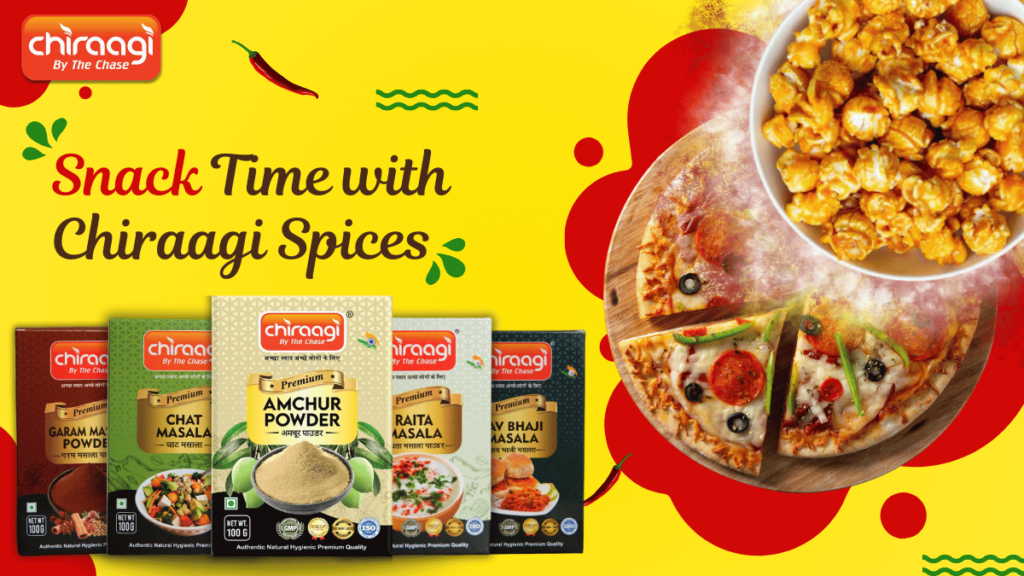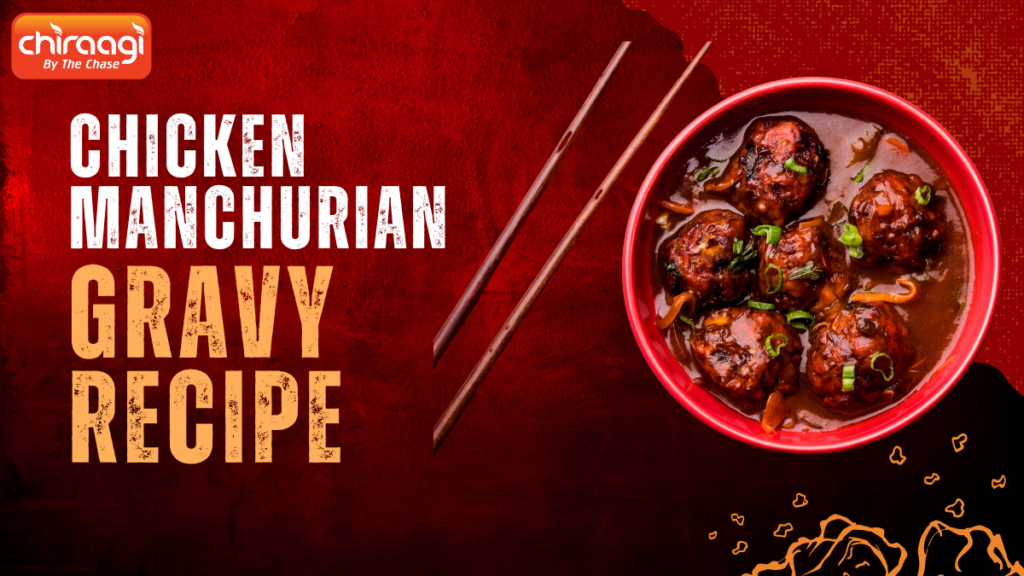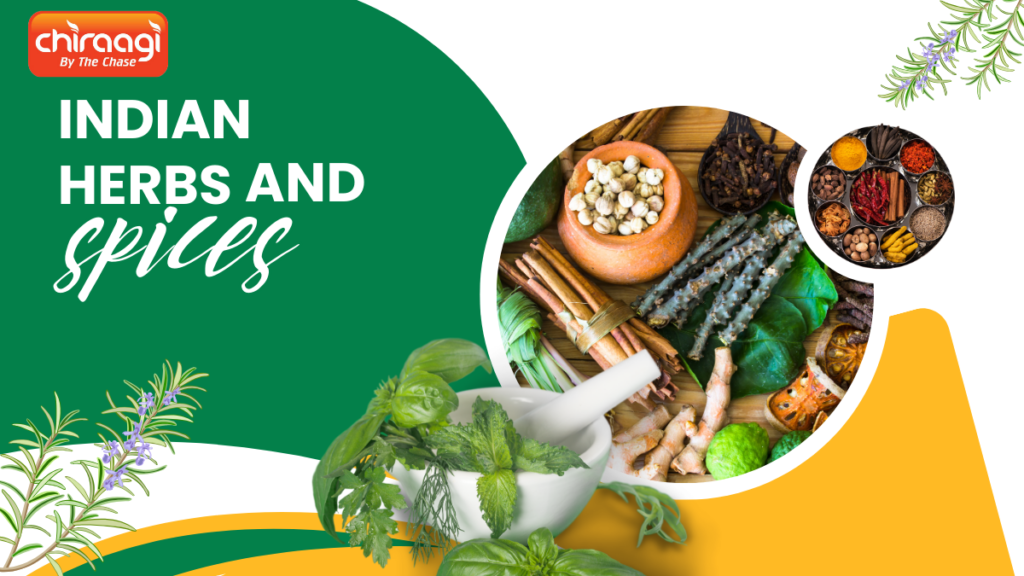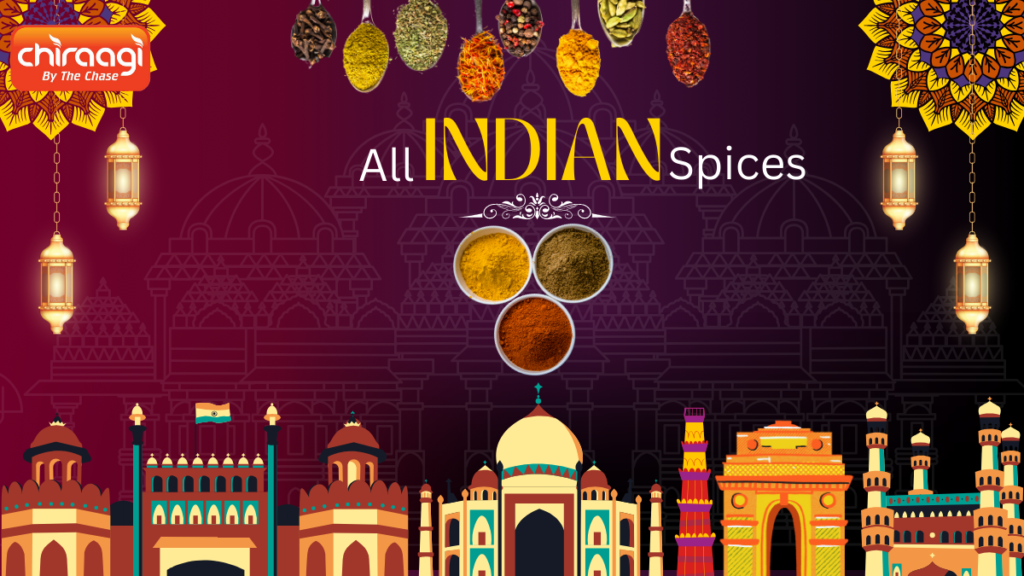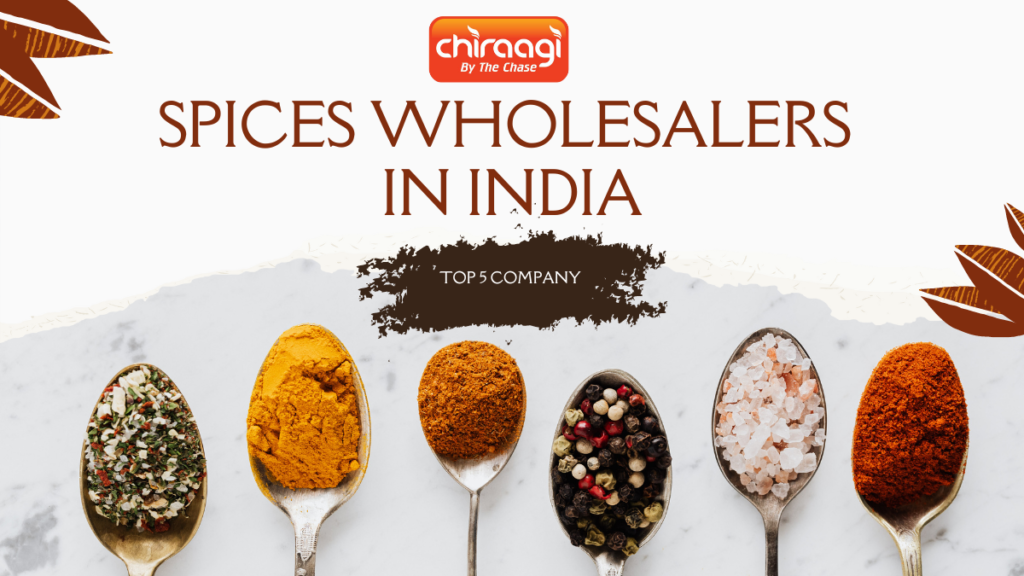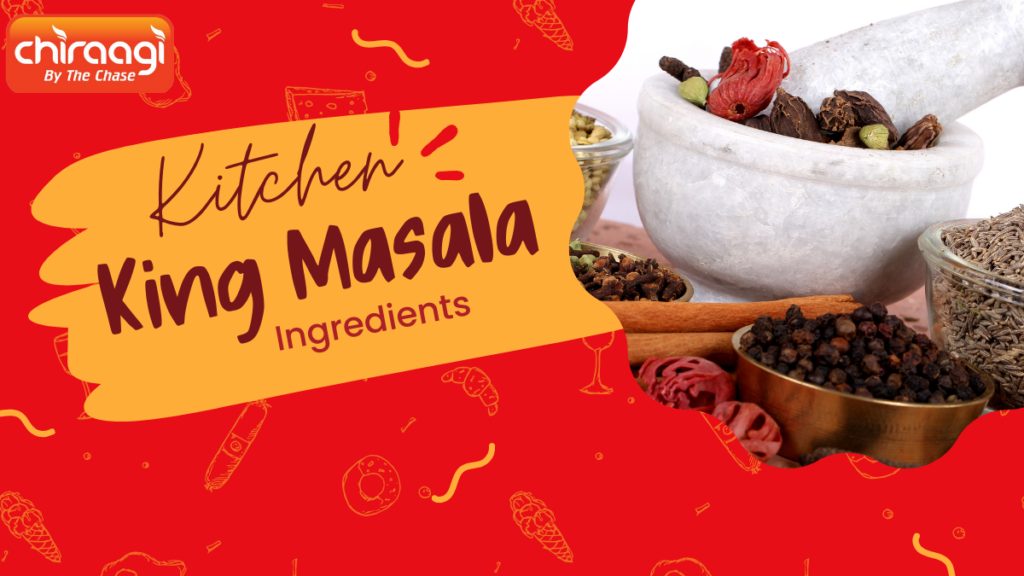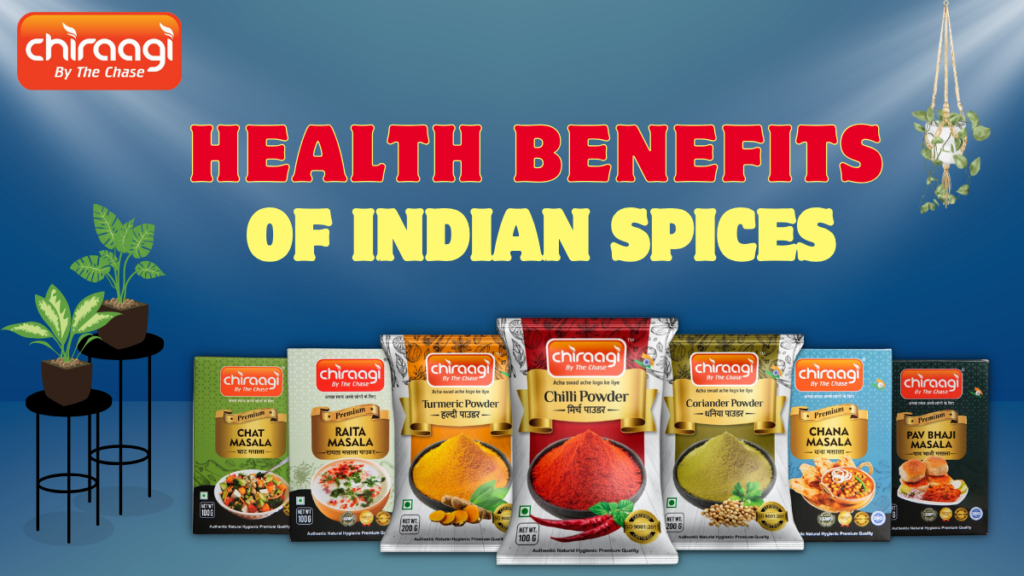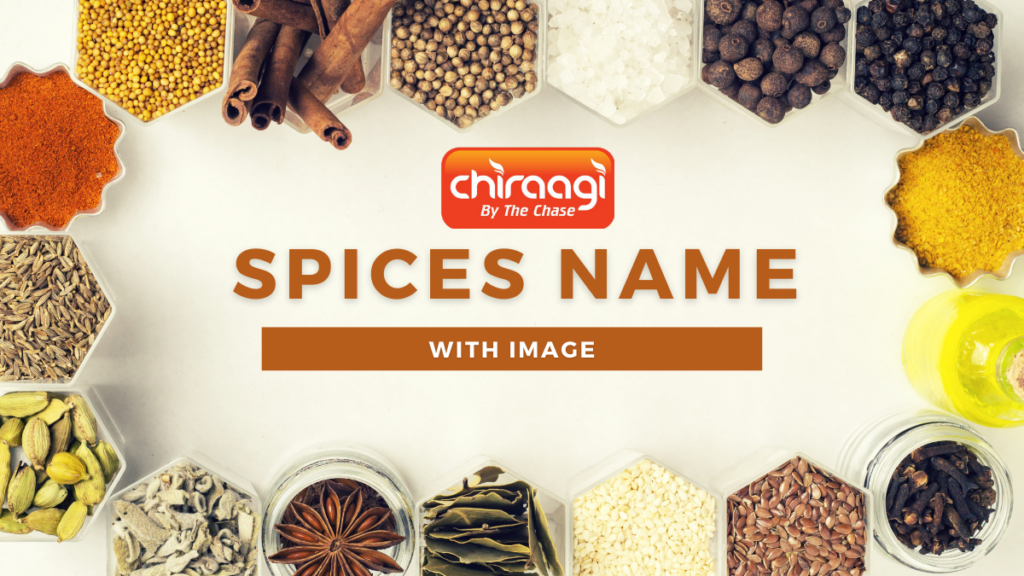Buy Whole Spices Online with Chiraagi Spices
In today’s fast-paced world, the ease of Buy whole spices online is more important than ever. Chiraagi Spices is a well-known brand in the spice market for ensuring excellent quality and authenticity. Whether you’re a professional chef or a home cook trying to enrich your culinary creations, Chiraagi Spices has an unrivaled range of the finest whole spices, ensuring a convenient shopping experience and outstanding flavors that can alter any dish. Why Choose Whole Spices Over Ground Spices? Whole spices have several advantages over ground spices. When you buy whole spices, you can keep the aromatic oils and flavors for a longer period. Ground spices lose strength quickly when exposed to air, light, and moisture. With whole spices, you may ground them fresh right before use, ensuring that your recipes are filled with the most robust tastes possible. Longevity and Freshness When stored properly, Buy whole spices online can survive far longer than ground spices. For example, whole nutmeg can keep its flavor for up to two years, whereas pre-ground nutmeg may lose its essence in less than six months. The same goes for other whole spices such as cumin seeds, coriander seeds, and cinnamon sticks. By using whole spices from Chiraagi Spices, you can keep your ingredients fresh and flavorful for longer. Better Flavor Control Another important advantage of purchasing whole spices is that you have more control over the flavor of your recipes. You can roast, crush, or grind the spices to achieve the ideal texture and intensity, allowing you to create delicate and powerful taste profiles. Chiraagi Spices provides a diverse selection of whole spices that are ideal for any recipe, allowing you to fully utilize your culinary skills. Wide Range of Whole Spices from Chiraagi Spices Chiraagi Spices takes pleasure in providing a diverse collection of the best whole spices acquired from the most recognized farms across the world. Whether you want to make traditional meals or try new flavors, our high-quality whole spices are ideal for your cooking needs. Whole Black Peppercorns Black pepper is recognized as the “king of spices,” and with good cause. Chiraagi Spices provides high-quality black peppercorns that may be freshly ground to add a strong, spicy taste to any cuisine. Our black peppercorns are high in essential oils, which give your dishes a strong and spicy aroma. Whole Coriander Seeds Coriander seeds are another often used spice in kitchens around the world. Chiraagi Spices‘ whole coriander seeds have zesty and somewhat sweet undertones, making them suitable for enhancing both savory and sweet dishes. Marinades, stews, and baked items benefit from the addition of freshly ground coriander seeds, which add flavor to them. Whole Cinnamon Sticks Cinnamon sticks from Chiraagi Spices will elevate your pastries, curries, and beverages. Our cinnamon sticks, known for their sweet and toasty flavor, are acquired from only the best farms, ensuring quality and richness in every bite. Whole Cumin Seeds Cumin is a common ingredient in many cuisines, and whole cumin seeds are noted for their earthy, nutty flavor. Chiraagi Spices sources the finest cumin seeds to ensure the best aroma and flavor. Our cumin seeds are ideal for roasting and grinding, adding depth to curries, soups, and rice dishes. Cloves Cloves, known for their sweet, aromatic flavor, are used in a wide range of cuisines. Chiraagi Spices’ whole cloves are chosen to ensure the highest quality. Whether in savory dishes, desserts, or drinks, these whole cloves add a robust, distinct flavor to your culinary creations. Nutmeg A sprinkling of freshly grated nutmeg may significantly improve both sweet and savory recipes. Chiraagi Spices sells whole nutmeg, which preserves its warm, nutty flavor for a longer period. Our whole nutmeg is excellent for cooking, stews, as well as beverages such as eggnog, adding a fragrant and rich flavor to any dish. Star Anise Star anise is a popular spice in many Asian dishes, recognized for its sweet, licorice-like flavor. Chiraagi Spices provides high-quality whole star anise, which may be utilized in soups, stews, and braised foods. Its unique flavor profile makes it an excellent accompaniment to desserts and teas. Health Benefits of Whole Spices Aside from providing flavor to your recipes, whole spices provide numerous health benefits. Many of the whole spices offered by Chiraagi Spices are noted for their anti-inflammatory, antioxidant, and digestive effects. For example: Cumin seeds aid in digestion and can help reduce bloating. Coriander seeds have antimicrobial properties and support digestive health. Cinnamon is known for regulating blood sugar levels and has strong antioxidant properties. Cloves contain compounds that may help in reducing inflammation and improving liver health. Nutmeg has been used in traditional medicine to improve digestion and boost brain health. Mixing Chiraagi’s whole spices into your daily cooking not only improves the taste of your food, but it also benefits your health. Why Buy Whole Spices Online from Chiraagi Spices? Chiraagi Spices prioritizes quality, freshness, and customer happiness. Here’s why you should choose us when purchasing whole spices online. Premium Quality Assurance We work with trustworthy farmers and suppliers to ensure that all of our spices exceed the highest quality requirements. Every batch is carefully chosen and evaluated for flavor and scent to ensure that our customers only get the best. Convenient Online Shopping Shopping for spices has never been easier. Chiraagi Spices allows you to discover our diverse collection of whole spices from the convenience of your own home. Our user-friendly website makes it simple to browse, select, and order the spices you require. Fast and Reliable Delivery We recognize the value of prompt delivery, which is why we provide quick and dependable shipping choices. Whether you live locally or overseas, your order will be delivered on time, allowing you to begin cooking with your favorite whole spices as soon as possible. Exceptional Customer Support Chiraagi Spices prioritizes its clients. Our customer care team is available to help you with any questions or problems, guaranteeing a smooth shopping experience from beginning to end. Final Thoughts Buy Whole Spices Online



